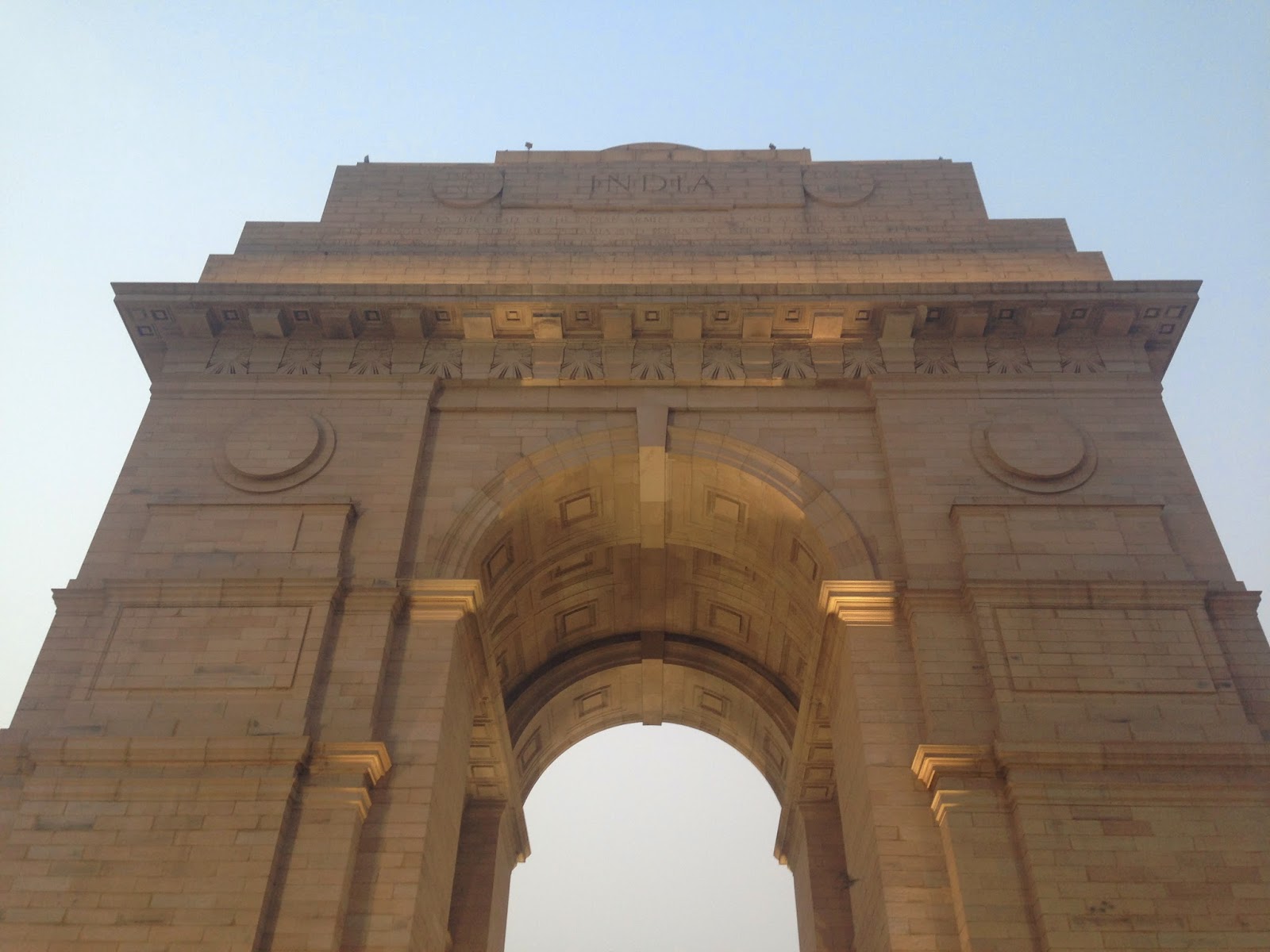Namaste everyone!
I’m sorry for the absence but I have a slight “blogger’s block”, if we want to give it a name, and I didn’t feel very productive.
After almost three weeks stuck in a snow-coated Bishkek, we finally arrived in India!
We arrived in Delhi three days ago and we spent most of our time in Paharganj, the “backpackers area” where you can everything you need for a fairly cheap price.
 |
| Making chapati in Paharganj |
 |
| I fell in love with this Shiva just in front of our guest house. |
But let’s not forget that Indians are passionate merchants and you have to negotiate for almost everything!
But to be honest, apart from this fascinating chaos, we didn’t enjoy New Delhi too much.
For most of the time we have been hampered by self-called “guides”, “taxi drivers” and so on who saw us as walking cash machines.
You can find them everywhere, from Connaught Place to the railway station to the proximities of India Gate.
 |
| We can't forget our "firsts" in life: our first love, our first gig, our first elephant... |
My recommendation is to NOT TRUST THEM in any way. They will always take you to their friends’ “travel agency” where they will propose you absurd tours of the country for horrendously inflated prices. Not mentioning that your “new friend” will get a commission for bringing new customers.
Poverty is a huge issue in this country and people would do everything for a few extra rupees. They might be peanuts for us but they worth a lot to them, still be ultra-careful!
Don’t listen to them if they tell you that your destination is “closed”, “burnt down”, if “there’s a festival and there is no access” to wherever you want to go. Stand on your ideas and don’t be afraid to shout at them! They obviously want to avoid the police’s attentions so they will scram in no time.
The only legal tourist office in New Delhi is in 88 Janpath, close to the crossing with Tolstoy Road, opposite the Janpath Bazaar stalls.
If you want to buy IndRail pass for reductions and advantages on railway services, you can get them at the Tourist Information Office at the railway station, Chelmsford Road side.
You might meet someone who tries to block you at the entry or convince you to go somewhere else to get the tickets, but don’t believe them and get straight to the office.
Another thing is the road safety: they don’t know what does it mean!
The first thing you’ll notice is the imperious anarchy along the streets, even the tiniest ones!
So be careful when you walk.
If you decide to try a motorickshaw get a prepaid one. They won’t deceive you as they won’t get paid if they don’t take you to your designed destination.
Otherwise be sure that
they know where your destination is and
negotiate the price BEFORE you start the ride.
Yesterday we got a bit lost in Old Delhi and a driver didn’t know where Connaught Place was, plus he had the nerve to ask 100 rupees for the ride, so we walked our way to the city centre.
You should make it with no more than 15-20 rupees for in-town routes.
Other general safety tips:
- You will find animals everywhere. Dogs, cats, monkeys, cows, pigs, even hawks (no jokes!). Put your animal-loving instinct aside and avoid any contact with them as most of them might be infected (for sure most of them have never seen a vet). Try to avoid going out by yourself at night, most dogs tend to be aggressive in the dark.
- Don’t drink or brush your teeth with tap water. Try to avoid mouth and genital contact with tap water when you wash yourself. Sealed bottle water is cheap and definitely safer. If you’re in doubt, buy sparkling water as it can’t be recycled.
- Try to avoid fresh fruits and vegs as they might have been treated with dirty water. Street food is at your own risk.
- Don’t give money to any beggar, man, woman, or child, including the ones who sell pens around the streets.They might be part of beggar gangs and you might find yourself surrounded by dozens of people. Children get nothing anyway.
- Another beggar trick is the powder milk one. You might encounter women with a baby in their arms and a milk bottle asking you to get them some powder milk for the kid. They will take you to a shop where you will pay at least 20 times the original price. The shopkeeper and the woman share the money and the child gets nothing. If you see the child sleeping, he/she’s probably drugged.
The majestic India Gate
This is all for now, I promise I will make an effort to write more often.
Next time I will tell you about, Amritsar, the sacred Sikh city!
If I can’t write sooner, I wish you in advance a happy Christmas!
À bientôt!










